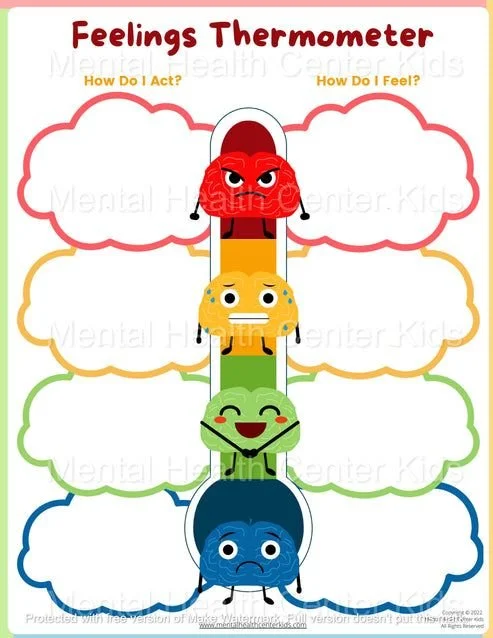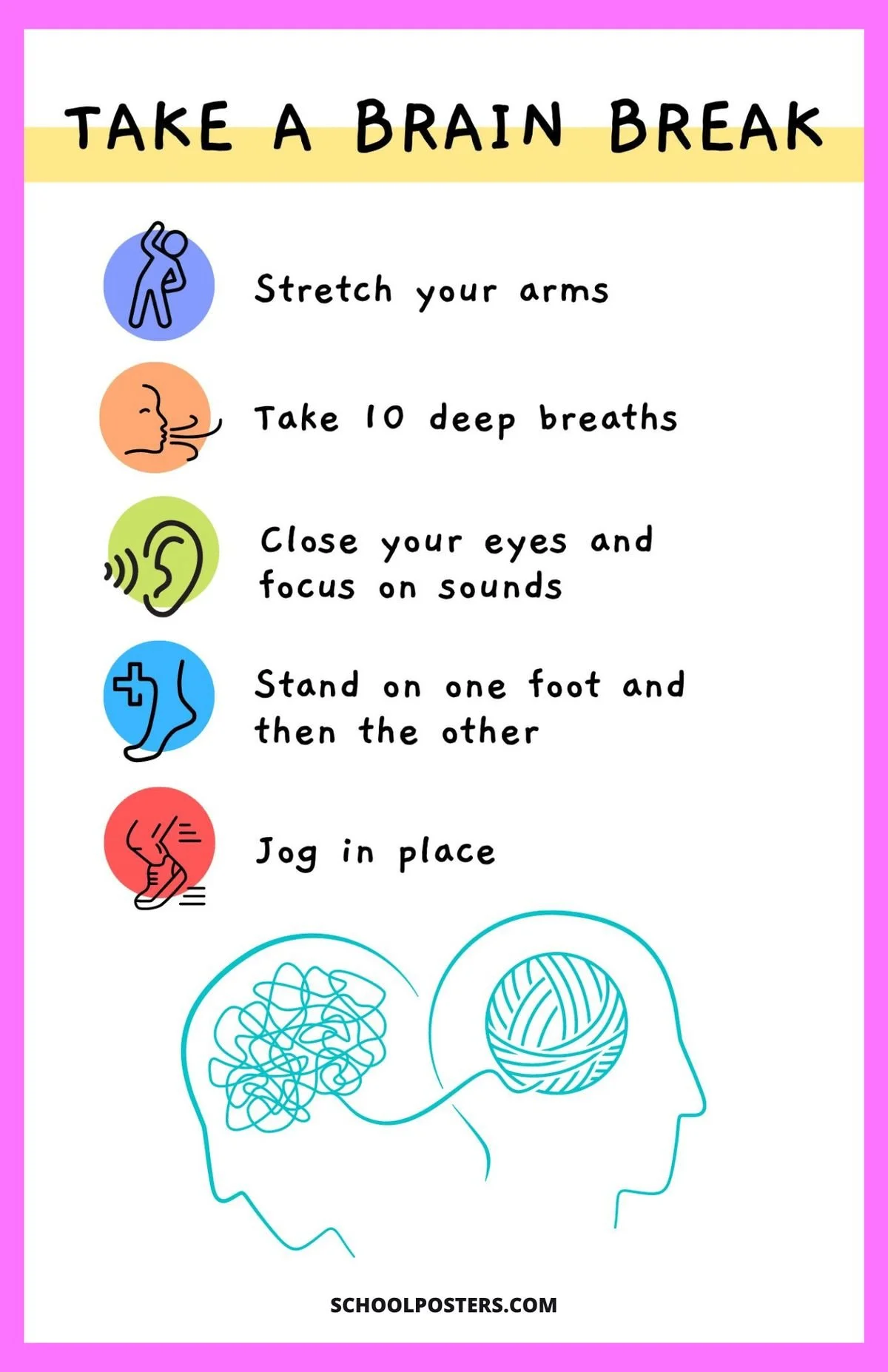Understanding Anger: Uncovering the Causes and Effective Strategies for Children and Young Adults
Anger is a natural emotional response that everyone experiences. While it's often seen as a negative feeling, anger can be a signal that something needs attention, whether it's an unmet need, a boundary being crossed, or feelings of frustration and hurt. Understanding the underlying causes of anger is the first step toward managing it constructively.
The Underlying Causes of Anger
Anger rarely appears without reason. It often stems from:
Frustration: Encountering obstacles to goals or desires.
Fear and Anxiety: Feeling threatened or overwhelmed can manifest as anger.
Hurt and Sadness: Emotional pain sometimes expresses itself through anger.
Unmet Needs: Basic needs for respect, autonomy, or safety that have been ignored.
Stress and Overwhelm: High levels of stress can lower tolerance and spark anger.
Learned Behaviours: Past experiences and modelling from caregivers or peers.
Recognizing these triggers helps both children and young adults gain insight into their emotional responses and develop healthier ways to express themselves.
Strategies for Children: Using the Zones of Regulation
The Zones of Regulation is a practical framework that helps children identify and regulate their emotions by categorizing feelings into four coloured zones:
Blue Zone: Low energy states like sadness or tiredness.
Green Zone: Calm, ready to learn, happy.
Yellow Zone: Heightened alertness, frustration, or anxiety.
Red Zone: Intense emotions such as anger, rage, or panic.
How to Use the Zones with Children
Identification: Encourage your child to recognize which zone they are in when they feel anger rising.
Expression: Help them articulate their feelings using the zone language.
Tools and Strategies:
Deep breathing exercises to move from Red/Yellow to Green.
Taking a break or quiet time in a calming corner.
Using sensory tools like stress balls or weighted blankets.
Drawing or journaling to express emotions.
Worksheet Idea:
Create a "Zones Check-In" worksheet where children colour in or place stickers on the zone they feel at different times during the day. This helps build emotional awareness and regulation skills over time.
Strategies for Young Adults: Mindfulness, Grounding, Breaks, and Movement
For young adults, anger management strategies focus on developing self-awareness and tools to regain control:
Mindfulness
Practising mindfulness involves paying purposeful attention to the present moment without judgment. Techniques include:
Mindful breathing, focusing on the sensation of breath in and out.
Body scan meditation to notice physical tension or sensations linked to anger.
Mindful observation of thoughts and feelings without reacting immediately.
Grounding Techniques
Grounding helps bring attention back to the present and away from overwhelming emotions:
The 5-4-3-2-1 method: Identify 5 things you see, 4 things you can touch, 3 things you hear, 2 things you smell, 1 thing you taste.
Holding a cold object or feeling your feet firmly on the ground.
Naming colours or objects in the environment.
Taking Breaks
When anger peaks, stepping away from the triggering situation can prevent escalation:
Excuse yourself briefly to a quiet space.
Use calming music or guided meditation apps.
Practice progressive muscle relaxation.
Movement
Physical activity can dissipate the energy anger creates:
Going for a walk or run.
Stretching or yoga poses.
Dancing or any form of exercise that suits the individual.
Worksheet Idea:
A reflective journaling worksheet encouraging young adults to document what triggers their anger, how they felt physically and emotionally, and which strategy they used to cope. Over time, this builds insight and self-regulation.
Final Thoughts:
Anger is a complex emotion with many underlying causes. By teaching children to identify and regulate their emotions through the Zones of Regulation, and equipping young adults with mindfulness, grounding, break-taking, and movement strategies, we foster healthier emotional processing and expression. Incorporating worksheets and consistent practice supports growth in emotional resilience and overall well-being.
If you or your child struggle with anger, consider reaching out for professional guidance. Effective support is available to help navigate these challenging emotions safely and productively.



